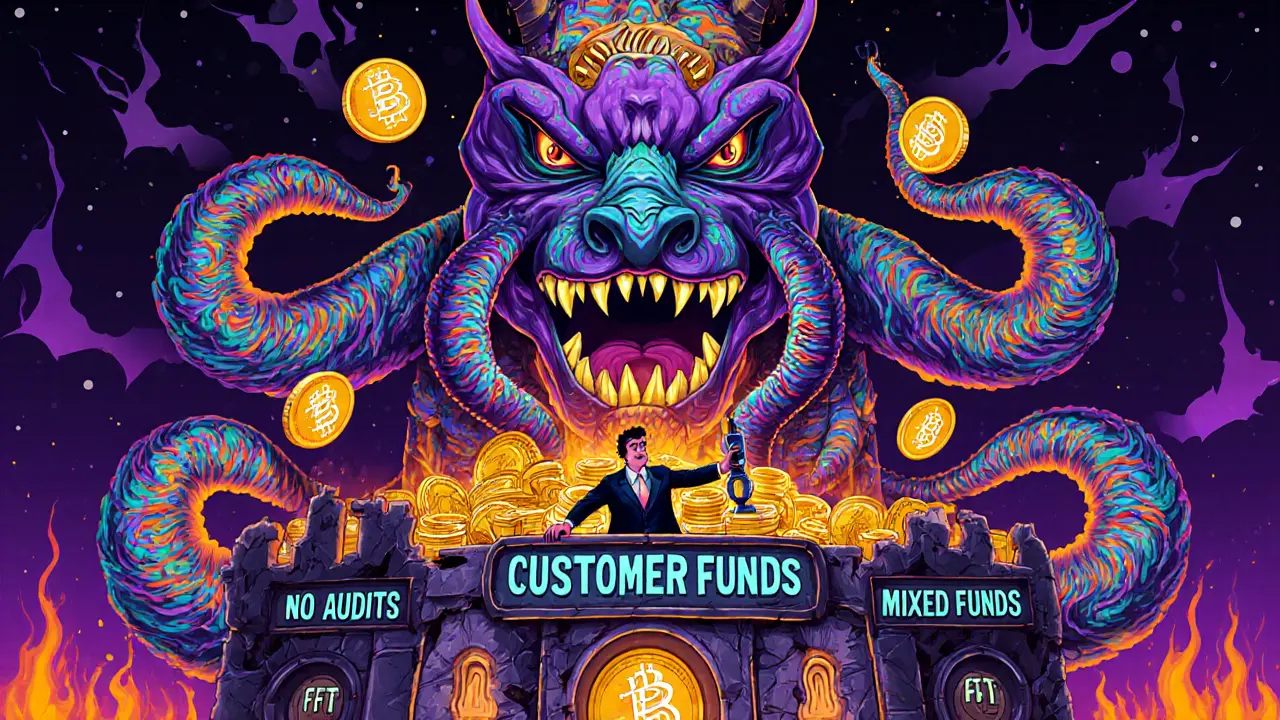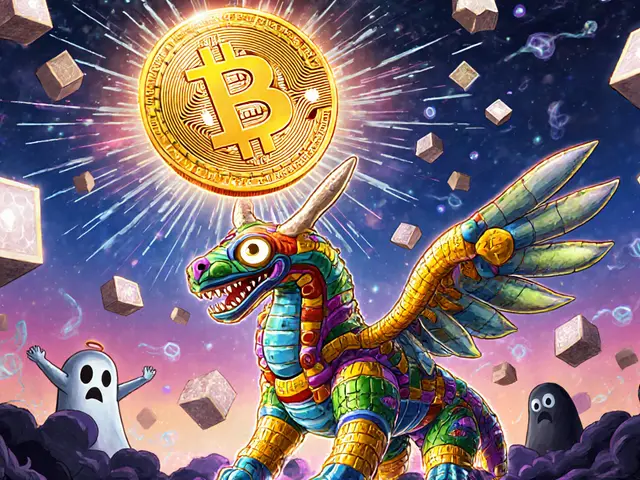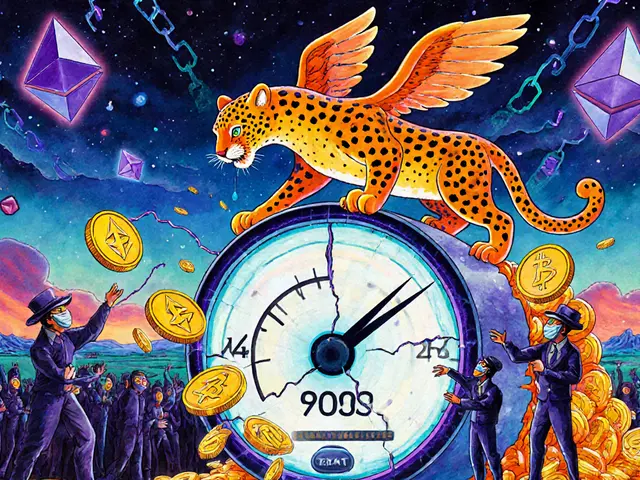FTX Collapse: What Happened and How It Changed Crypto Forever
When FTX collapse, the sudden downfall of one of the world’s largest cryptocurrency exchanges, triggered a chain reaction that wiped out billions and exposed deep flaws in crypto’s financial infrastructure. Also known as the FTX bankruptcy, it wasn’t just a market dip—it was a systemic failure that turned crypto’s biggest names into cautionary tales. FTX, once praised for its sleek interface and celebrity endorsements, turned out to be built on borrowed money and hidden books. Customer funds weren’t safely stored—they were funneled into Alameda Research, a trading firm owned by FTX’s founder, Sam Bankman-Fried. When withdrawals spiked and the truth started leaking, the whole house of cards fell in days.
The Sam Bankman-Fried, the former CEO of FTX who was convicted of fraud, money laundering, and conspiracy after using customer deposits to fund risky bets and political donations. Also known as SBF, he was once seen as crypto’s brainy philanthropist—until prosecutors revealed he’d lied to investors, regulators, and users. His trial showed how easily trust can be manipulated in unregulated spaces. Meanwhile, the crypto regulation, the patchwork of rules meant to protect users and ensure transparency in digital asset markets. Also known as crypto compliance, it went from a debate into an urgent priority after FTX’s collapse forced governments to act. The U.S. SEC, EU MiCA, and other bodies rushed to tighten rules on custody, disclosures, and exchange audits. But for many users, the damage was already done: savings gone, confidence shattered, and new projects struggling to prove they weren’t another FTX.
What you’ll find below are real stories from the wreckage. Posts that dig into how scams like FTX hide in plain sight, why exchanges can’t be trusted without proof of reserves, and how users got burned by the same promises that made FTX seem safe. You’ll see how failed tokens, dead platforms, and ghost teams are still out there—waiting for the next wave of newcomers. This isn’t just history. It’s a survival guide for anyone still in crypto.










